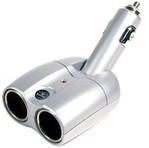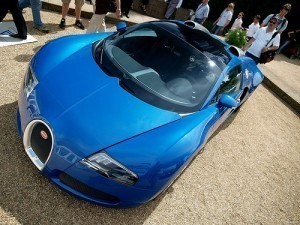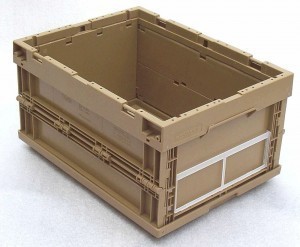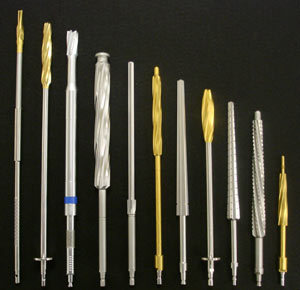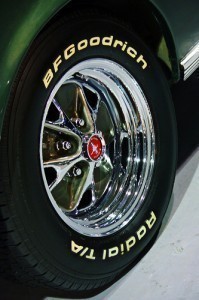F1 Car Dimensions
The size of a Formula One car is restricted to a maximum of 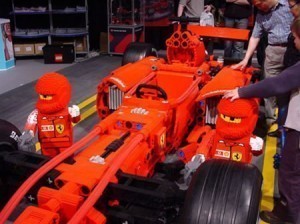 180 cm for the width and 95 cm for the height. There is no limit for the length. The lowest possible weight is 605 kg (1,343 lbs).
180 cm for the width and 95 cm for the height. There is no limit for the length. The lowest possible weight is 605 kg (1,343 lbs).
Engine Specifications
Beginning in the 2006 season, the cars had to use 2.4 liter engines (naturally aspirated). The configuration needs to be V8 with a maximum of four valves for every cylinder. Variable intake trumpets are forbidden. The 2009 season saw engines restricted to no more than 18,000 rpm.
Aluminum and iron are the only materials allowed for making pistons and cylinders. The current engines produce heat 1,000 C or nearly 2,000 F. The size of a Formula One car’s engine leads to a consumption of 650 liters of air every second. The fuel consumption in race conditions is 75 liters for every 100 km (3.1 US mpg – 3.8 UK mpg – 1.3 km/l).
Clutch
The clutch in Formula One cars are made from multi plate carbon. It is 10 mm (four inches) long and weighs 2.220 lbs (about 1 kg). The handling is 900 hp (equal to 670 kW).
Tires
The tires can have a maximum width of 355 mm (14 in). At the front, the limit is 380 mm (15 inches). The lifespan of a Formula One tire is good for the race only (i.e., 300 km or 186 miles).
An ordinary street car’s tires can last for 80,000 km (50,000 miles). Whatever the size of a Formula One car’s tire, it uses soft compounds so the tires grip the roads as efficiently as possible.
Brakes
Brakes in these cars are designed for racing conditions. For this reason the brakes can function even at 1,000 C. Most F1 cars can decelerate from 62 to 0 mph (100 to 0 km/h) within 55 ft (17 meters). Compare this with a Porch, which requires 30 meters.
The deceleration from high speeds generates powerful down force (94.5 g to 5 g). In high speed circuits, this can get up to 5.5 g. It’s also worth noting that despite the size of a Formula One car, it only needs 3 seconds to brake from 200 km to 0 (124 mi to 0). The car can do this in 213 ft (or 65 m).
Speed
Most Formula One cars can reach speeds of over 300 km/h. They can also go from 0 to 100 in five seconds. The designs of the cars are also noted for their ability to make sharp turns. Teams spend millions of dollars on the design of the car.
Every single aspect of the car is designed with speed in mind. From the wings to the engine size, everything is optimized for maximum speed. All of these innovations need to be done within the regulations.
Although restrictions on the size of Formula One cars have been imposed, teams have always found a way to get more power from the car. In terms of sheer horsepower and speed, Formula One cars represent the ultimate in racing technology.
